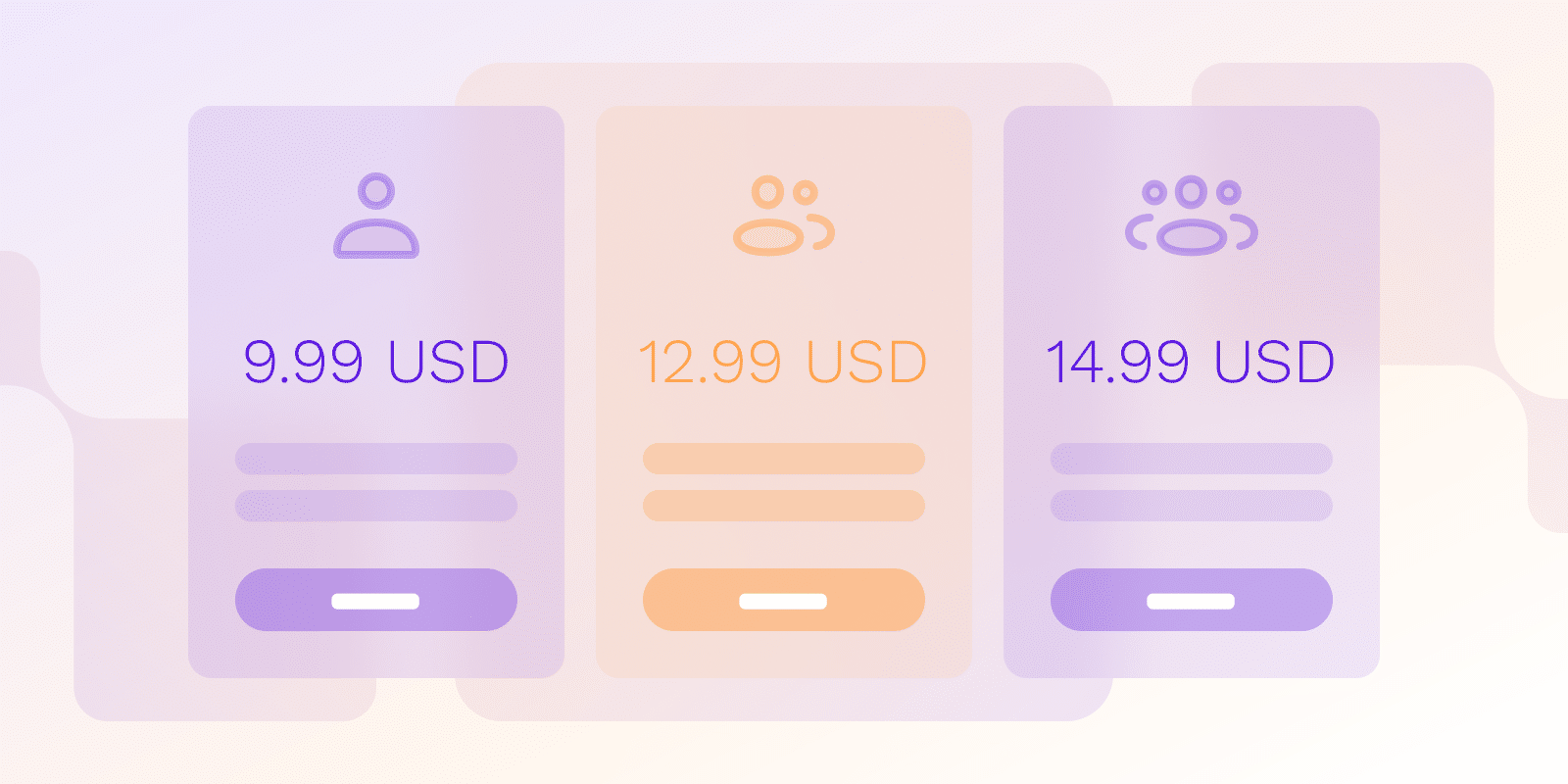Pricing Strategies
What is Per-User Pricing?

What is per-user pricing in SaaS?
The per-user pricing strategy charges a fee for each customer who requires access to a SaaS product. This is a transparent method through which the billing value scales together with the number of customers using the software.
Consider combining per-user with tiered pricing for the SaaS service you are offering. This lets you answer different usage patterns and resources.
How does per-seat pricing differ from per-user pricing?
Although per-user and pear-seat are frequently substituted for one another, there are some technical distinctions between the two.
Per-user pricing is the of charging associated with a specific set of login credentials or a named account. On the other hand, with pricing per seat, several users can use the same license in succession.
What are the advantages and disadvantages of per-user pricing vs. per-seat pricing?
It’s relevant to mention that the advantages and disadvantages of per-seat and per-user monetization strategies are comparable.
For one thing, using this pricing strategy, both clients and SaaS can determine different costs. Also, by taking into account how many consumers have paid for a product, this pricing strategy helps in calculating future revenue.
Not only that, but this billing mechanism can make businesses push employees to use the product more.
On the other hand, though, per-user pricing may not be an appropriate option for software developed for enterprises and with regular users.
Examples of SaaS companies using the per-user billing mechanism:
- Asana: This project management and organization tool combines freemium with per-user pricing, offering customer several paid tiers to choose from.
- Slack: The same as Asana, this collaboration tool mixes freemium, tiered pricing and per-user billing, presenting a balanced monetization offer to multiple customer segments.
| Aspect | Per-User Pricing | Per-Seat Pricing |
|---|---|---|
| Licensing Characteristics | ||
| Account Access | Specific login credentials or named account | Multiple users can use the same license successively |
| Flexibility | Individual user-based billing | More flexible license sharing |
| Business Implications | ||
| Revenue Calculation | Easy to calculate based on number of paid users | Revenue tied to number of seats purchased |
| Organizational Fit | Better for small to medium-sized businesses | More suitable for larger enterprises |
| User Incentive | Encourages more product engagement | Allows more flexible user rotation |
| Pricing Strategy | ||
| Typical Use Cases | Collaboration tools, project management software | Enterprise software, shared resource platforms |
| Volume Discounts | Limited volume discount potential | More opportunities for seat-based discounts |
When is it appropriate to use per-user pricing for a SaaS product?
Per-user billing can be a suitable alternative for SaaS services that offer value to the majority of employees within the same company. Your offering should be regarded as a required service for the business in question.
Additionally, small and medium-sized organizations are appropriate candidates for this monetization model, as the costs of using the service are controlled.
It’s relevant to constantly evaluate and optimize your pricing strategy. In the per-user method, the metric you can use to test results is ARPU (Average Revenue Per User)
When should a SaaS founder consider transitioning from per-user to per-seat pricing?
If regular users who are part of larger enterprises are your target market and could drive more license demand, you might want to think about switching your monetization technique to per-user pricing.
Additionally, using the per-seat pricing strategy can be a suitable choice if you wish to offer discounts based on volume.
The following factors should be taken into account while switching to this model:
- Your competitors: Are they billing by the seat?
- User opinions: What is value delivery understood by your customers?
- Anticipated revenue: Is there room for company scalability with this price model?
Conclusion
Product monetization is directly determined by the per-user model. In theory, it helps with revenue development and value delivery, but it’s crucial to determine if it’s right for your company first.
You should weigh the competition, target market, revenue targets, and the SaaS product itself. These factors will provide the needed information that will help you choose the right option for your business.